Spring is the perfect time to start growing seeds indoors. Once your tiny seed transforms into a strong seedling, it’ll be ready to get transplanted to the garden. But growing seedlings at home can be challenging, especially for novice gardeners.
Below you’ll find the most common mistakes to avoid when growing seeds indoors.
Don’t plant seeds too deep
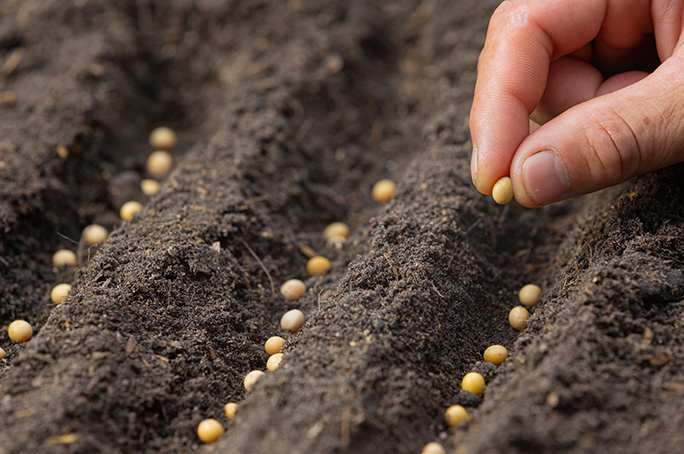
Germination conditions vary: some seeds need more light, while others require complete darkness. Usually, you can find the necessary information on the package, but if there’s none, follow this rule of thumb: plant your seed two times as deep as it’s wide.
If your seed needs light for germination, gently press it into the top layer of soil. Make sure it’s exposed to sunlight and isn’t completely covered with your growing medium.
Don’t overcool them
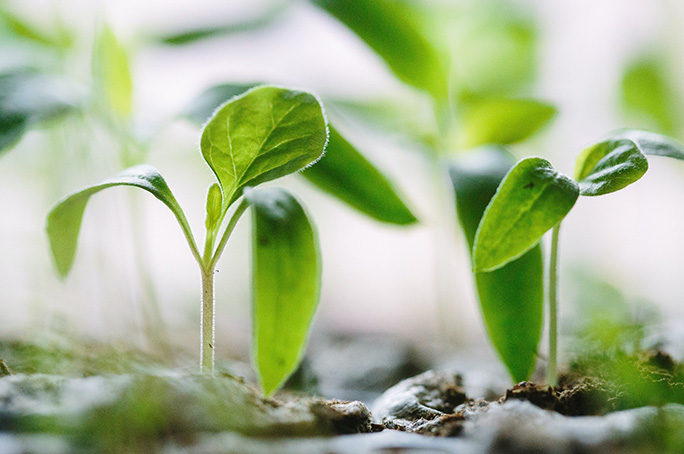
Most seeds germinate in the temperature range between 65 and 75°F (18 and 23°C). You can place special mats under the tray to keep your seeds warm. Once your seed transforms into a seedling, it’ll tolerate minor temperature changes.
Don’t sow more than you can handle
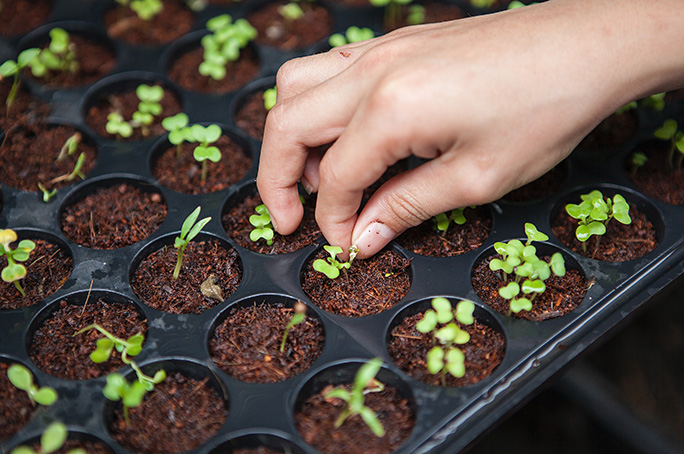
Be honest with yourself and carefully decide how many seeds you can realistically nurture into adulthood. It’s better to grow just a few healthy seedlings than to lose a colony of seeds.
Don’t hurry to move seedlings outdoors
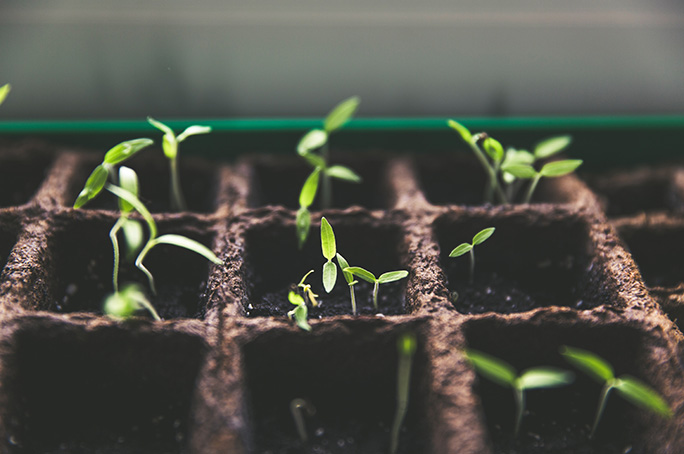
If you think that your seedlings are ready to conquer the world as soon as they emerge, that’s not true. Plants require a transitioning period of hardening that will prepare them for the outside world. The process is simple: you need to gradually expose your seedlings to different forces of nature. Place them outside for an hour. Day by day, you can increase the amount of this outdoor “play-time”. Do this for about 10 days. Side note: don’t be too harsh on your plants. If it’s raining outside, for example, it’s wiser to skip a day or two of hardening.
Don’t forget to label your seeds
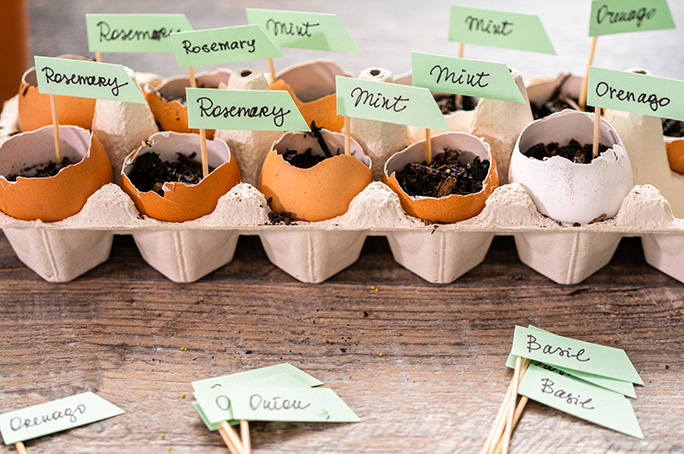
Labeling is an important part of growing seeds. Write your plant’s name and the date of sowing on a plastic stick and put it in the soil. This way, you won’t mistake a tomato for a cucumber, or a rose for an oleander.
And remember: being a plant parent takes time and patience. Never give up, and your efforts will be rewarded with a bountiful harvest!
